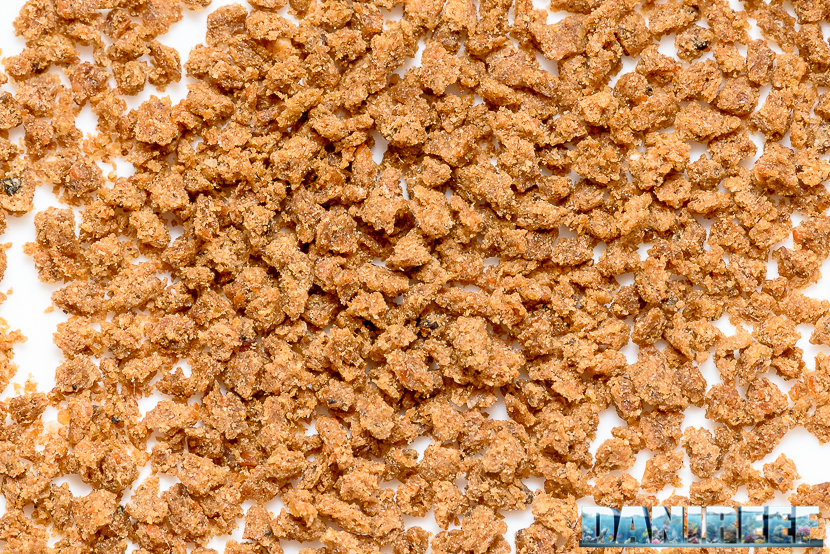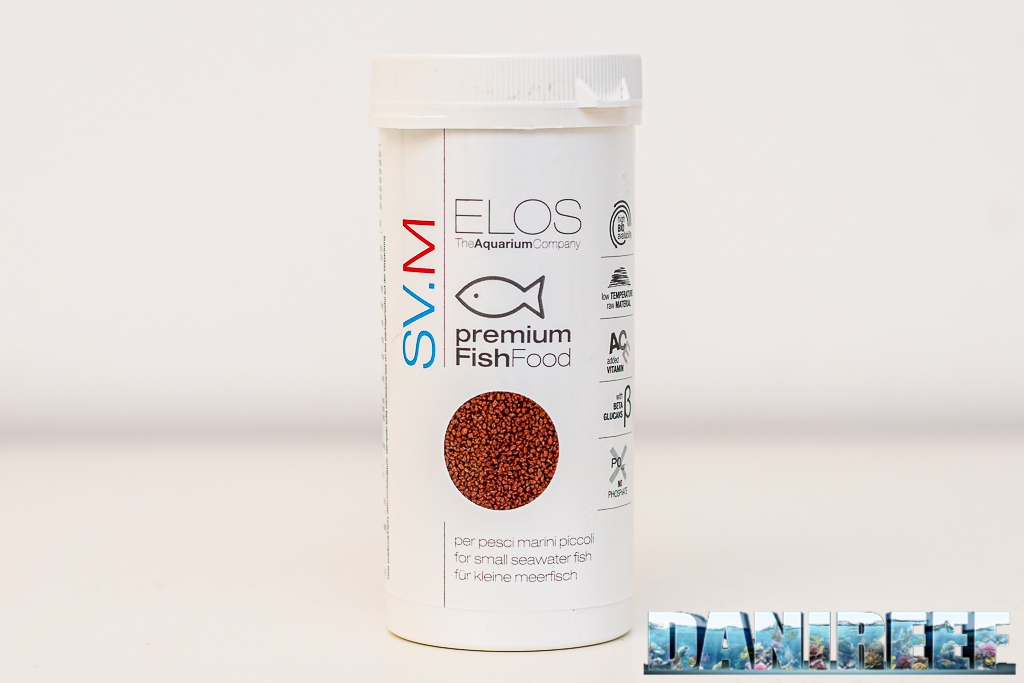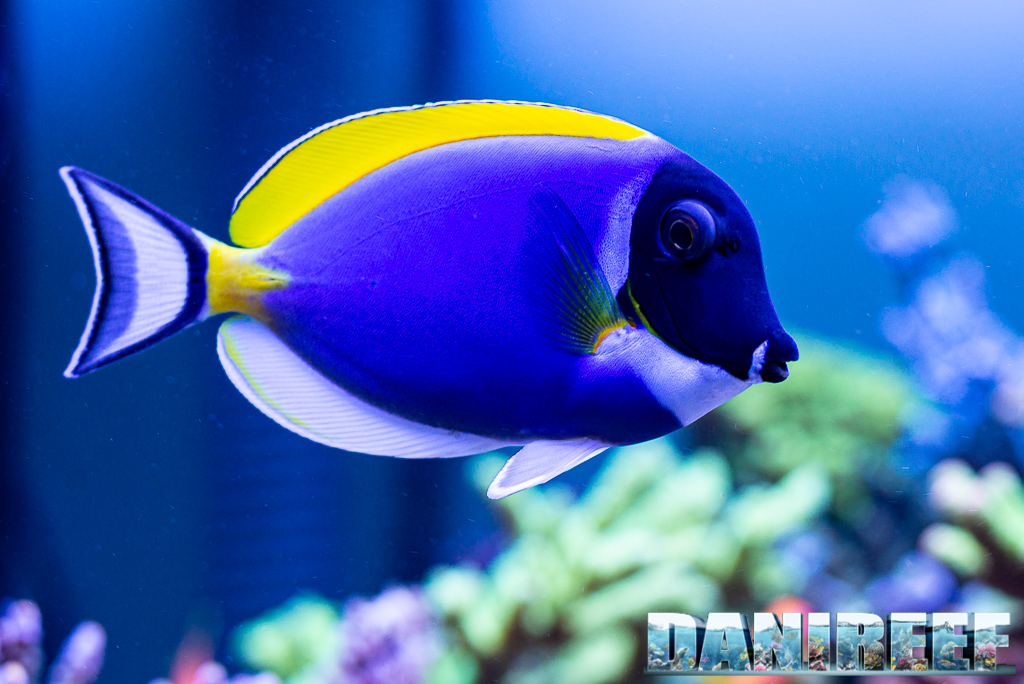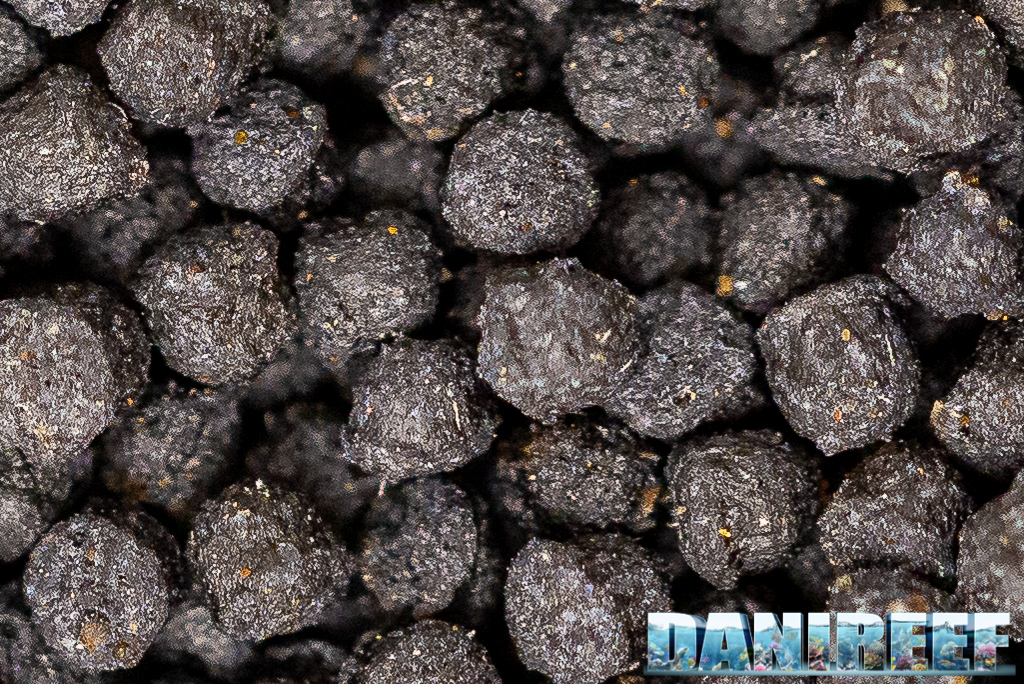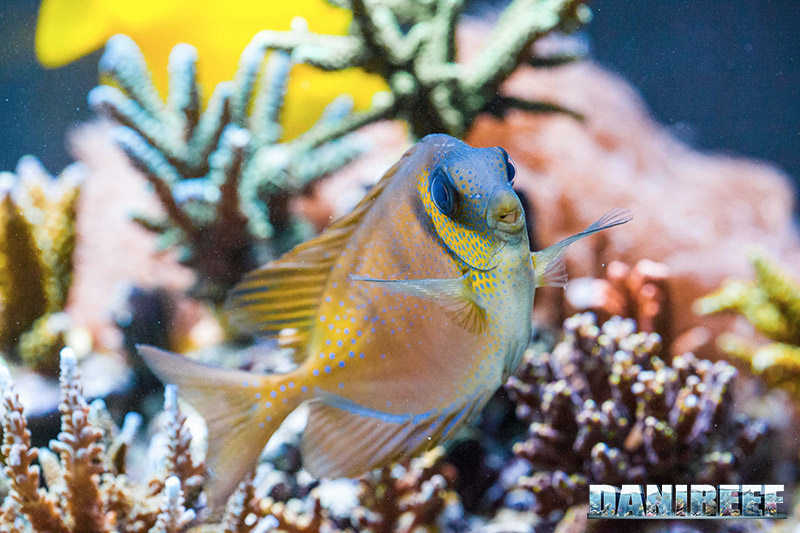
The color of the fish has a lot of useful functions, it’s one of the most interesting systems we have. For us enthusiasts it’s the peculiar point of interests and wonder.
This post is available in: italiano
The color is used to mimic, scare, communicate or signal the reproduction. Some of them even change the color depending on their emotional state, during their own growth or during reproductive periods. Moreover colors can be used for scaring and or confusing others.
It’s easy to understand that the colors’ role in our animals has a complex purpose. The best thing we can do for maintaining it it’s to know which factors influence it.
Colors and Chromatophores
The colors of the fish depend on the chromatophores.
The scales have no color, they’re transparent and they protect the animal.
The chromatophores have specific pigments, appointed by the color:
- melanophores for black;
- erytrophores for red and orange;
- xanthophores for yellow;
- leucophores and iridiophores on their own transparent and reflective.
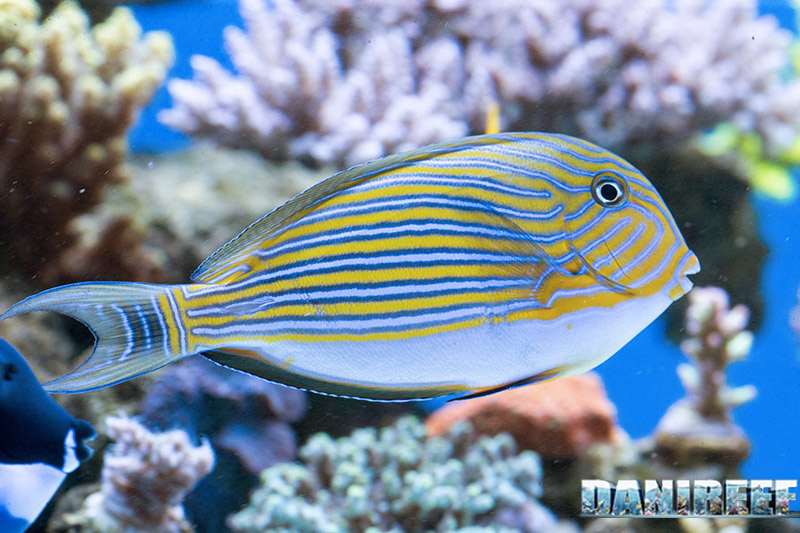
Erytrophores contain red pigments based on carotenoids and pteridines.
Melanophores contain black and brown pigments and they’re synthesized with melanin and guanin.
Xanthophores contain xantin and produce yellow pigments as carotenoids and pterines.
Leucophores and iridiophores are essentially guanin crystals without color and they’re organized in plates that reflects the sun’s light, with the effect of a with/metal grey coloration.
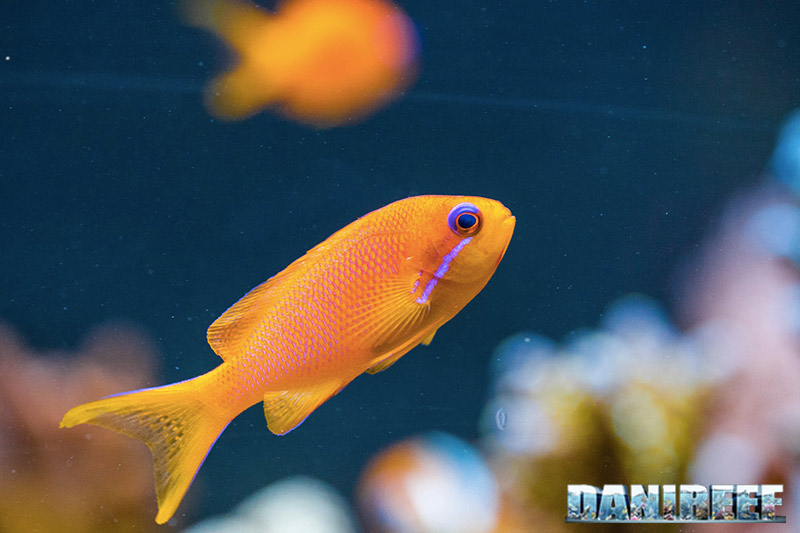
So the fish have a specific coloration depending on the combination of the chromatophores, adjusted by physiological and environmental stimuli.
The melanophores, in particular, influence the coloration because they’re able to make the other chromatophores appear or not. The fish can produce independently some pigments but they have to assume the last part from nutrition.
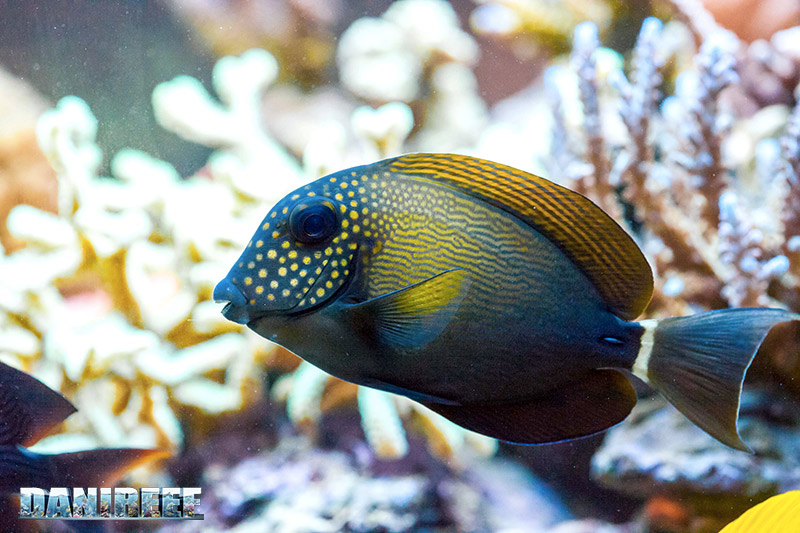
The importance of nutrition
The nutrition of our fish is really important because it directly influences their coloration. They can’t naturally produce carotene, so they accumulate it form the nutrition and send it to the pigmentary cells which produce yellow, orange and red.
Carotenoids luckily are present in common food thanks to the astaxanthin, which is a molecule extracted by the Haematococcus Algae, a green seaweed known for its high antioxidant potential.
Another element not produced by our animals, but assimilated through the food, is the phycocyanin, which is send to the pigmentary cells for producing the blue.
Phycocyanins are of the species of Arthrospira platensis (Spirulina) and Rhodophyta (red seaweeds), often used for common food.
The astaxanthin is the most powerful antioxidant known nowadays. It also has useful effects against diseases.
Light influence and our conclusions on page two






